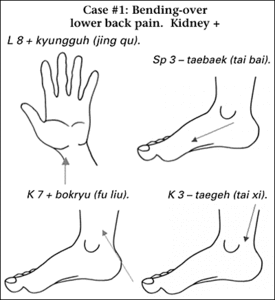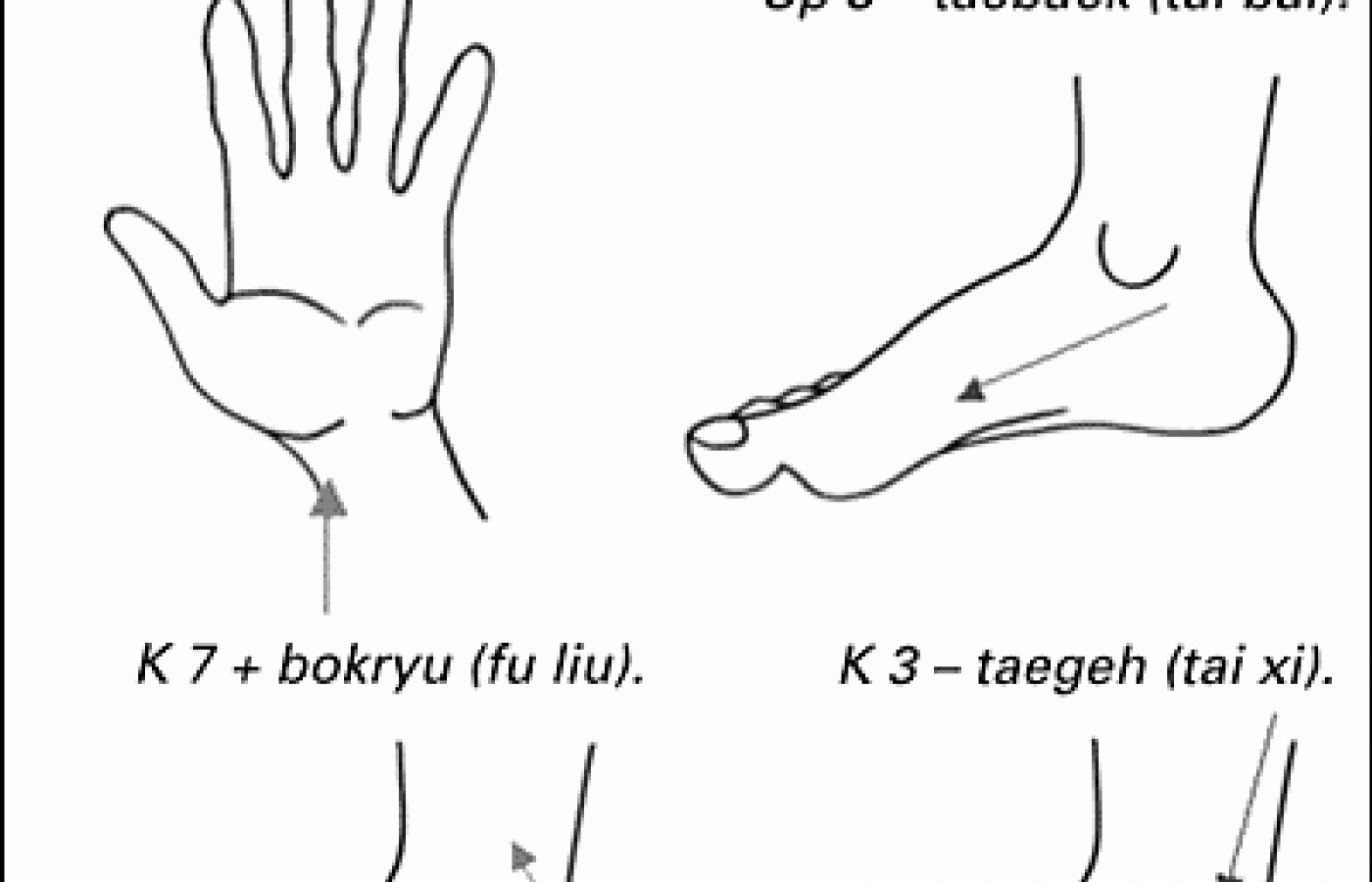Whether you accept it, avoid it or live somewhere in between, insurance coverage has become a defining issue for our profession. Patients increasingly expect to use their benefits, practitioners want to be compensated fairly for their time and expertise, and the system itself remains – at best – fragmented. The encouraging news is that coverage has expanded in meaningful ways. The challenging news is that reimbursement, across the board, remains inadequate.
Sa Ahm Acupuncture
The course of acupuncture was on the verge of a revolutionary fresh perspective approximately 400 years ago. Song Woon Dae Sa Nim, one of the highest-ranking monks in Korea, had a gifted student. Sa Ahm (Whang, Jung Hak) was Song Woon Dae Sa Nim's top disciple. He practiced very devout and disciplined zen meditation in a stone cave near the temple. The result was an enlightened level of spiritual insight that allowed him to formulate sa ahm acupuncture (the five-element acupuncture therapy). The profundity of this discovery allowed for greater healing proficiency along with more patient-friendly and efficient treatments.
For hundreds of years, this groundbreaking system of acupuncture was solely a Korean treasure. In recent times, Japan and China have incorporated this theory from Korea. In the United States, some leading Korean acupuncturists on the "digital" cutting edge of Oriental medicine know and use this technique. For the future of health and wellness, sa ahm is revolutionary in its use of remote points and a deeper understanding of acupuncture and philosophy. Since its inception, sa ahm's approach has brought a world of benefits to both patients and practitioners. Acupuncturists in America have had great success in introducing the West to acupuncture and its incredible curative powers. Imagine increasing your success rate and skill level, while using less effort and time. With sa ahm acupuncture, it is possible and proven.
The main difference in sa ahm acupuncture versus traditional Chinese medicine (TCM) is in the philosophical theory and application. Typically, TCM will treat a problem or symptom at the area where it manifests. Sa ahm uses remote therapeutic properties to treat a condition anywhere on the body from specific points below the elbows and knees. This allows for more comfort for the patient and ease of workload for the practitioner. Following the "mother and son" analogy in TCM, a deficient condition calls for supporting the "mother" and an excess condition calls for controlling the "son." For example, if the liver (wood) function were deficient, the standard would be to support the kidney (water) function. On the other hand, if liver function is excessive, TCM calls for decreasing the heart (fire) function. Sa ahm expands on the five-element nature of this treatment theory by adding in the interacting element to the mother or son. Using the above deficient scenario, in sa ahm acupuncture, the kidney function would be increased; additionally, the interacting element, lung (metal), would be decreased. Continuing with the liver example, for an excessive condition, sa ahm would use its unique philosophical approach to subdue the heart function and support the function of the lung, the interacting element/organ that controls the liver. Naturally, this use of the relationships between the "mother" or "son" and interacting element can be applied to all of the organ systems.
With the actual needling technique, one of the first, most obvious benefits to the practitioner is the potent efficiency of sa ahm. TCM uses over 360 points to either support the "mother" or control the "son." Sa ahm utilizes only 60 of these points and adds in the increased benefit of the interacting element. These 60 points are based on the five shu points (five for each meridian). The five shu points are specific points on each meridian located below the elbows and knees. These points are referred to as jung hul, hyung hul, yu hul, kyung hul and hap hul, and are located distal to proximal on the corresponding limb. Often, sa ahm treatment produces immediate, inclusive results. Sa ahm may work successfully on an amazing 60 percent to 70 percent of patients. Sa ahm technique uses the needle-tip pointing method to match the desired effect of supporting or controlling.
Practical Application
To show its powerful efficacy, following are treatment protocols for two different types of a common ailment, lower back pain. The first type of lower back pain to be addressed is that which occurs in the lower back when extending the spine from a flexed (bent over) position. A heavy, downward pressing upper back accompanies the second protocol. The practitioner may want to gauge the progress one needle at a time, in order to gain a deeper understanding and appreciation. The plus sign (+) is used to designate reinforcing for deficiency syndrome; the minus sign (-) is used to designate reducing for excess syndrome.


As evidenced by the above techniques, no contact or treatment on the lower back area is necessary, as all of the pertinent insertions are done at the distal ends of the lower limbs. As with any treatment, there are cases in which sa ahm may not work successfully. In these situations, the protocols of constitutional acupuncture are needed and powerfully effective. With philosophically advanced methods as witnessed in sa ahm, acupuncture continues to penetrate the future of health and medicine.



